-
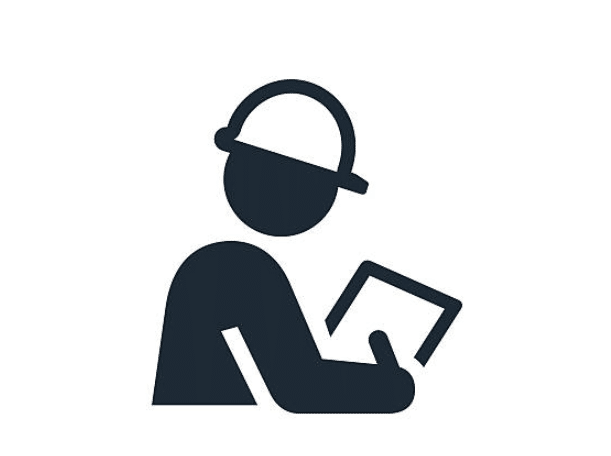
The final inspection is a critical step in the quality control of manufacturing to ensure the quality of the finished products. Why do you need a final inspection and how is product final inspection done? What is the Final Inspection in Quality Assurance? A final inspection is a critical step in quality assurance that is performed at the end of the production process to ensure that the final product meets all the required quality standards and specifications. The purpose of the final inspection is to identify and address any defects or issues that may have occurred during the m......
2023.3.29Published by LJCRead More -
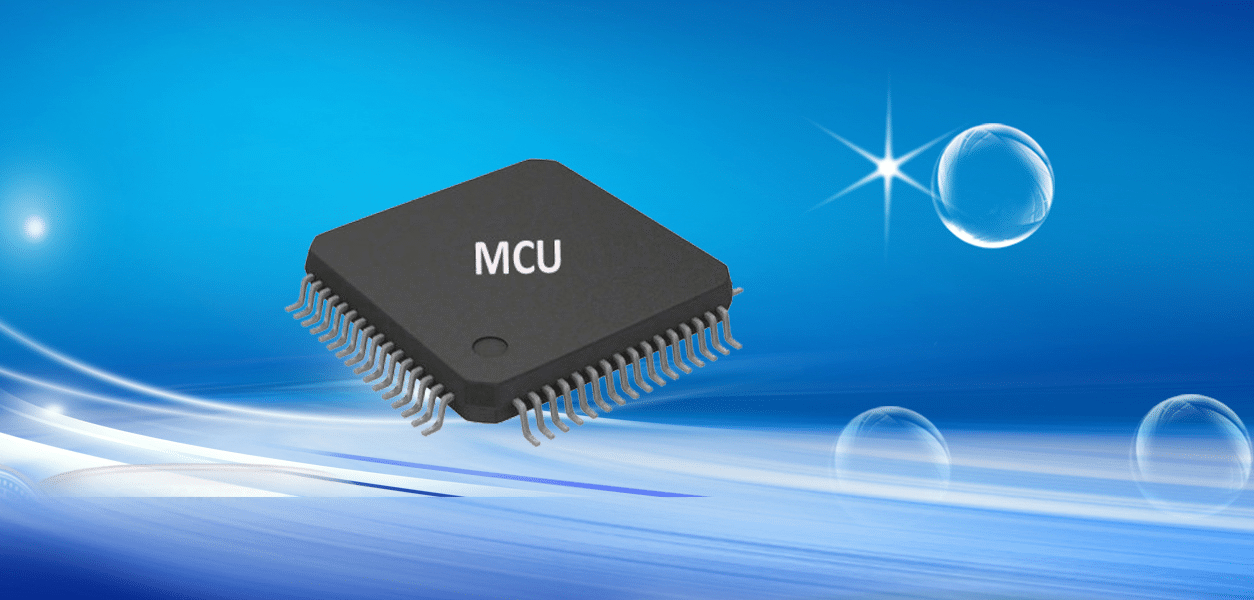
MCU (Machine Control Unit) is a critical component of a CNC machine, and its importance cannot be overstated. It enables the machine to operate with precision and accuracy, ensuring consistent results and increasing productivity. What is MCU in CNC Machines? In the CNC industry, a Machine Control Unit (MCU) is a central component of a Computer Numerical Control (CNC) system. It is a specialized computer that controls the movements and operations of a CNC machine. The MCU reads the instructions from the CNC program and converts them into signals that control the various ......
2023.3.28Published by YLRead More -
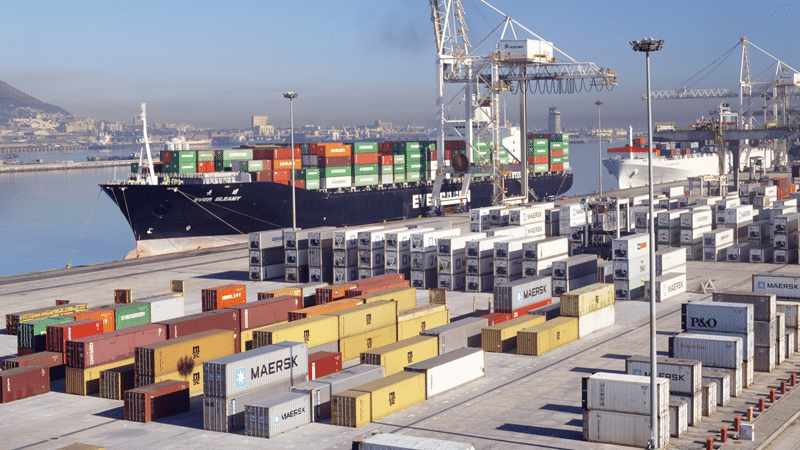
Although containers are rarely seen in ordinary life, you can catch a glimpse of their dynamic appearance in the following situation: near factories that handle export-related products. The container ships encountered while traveling by fishing boat are especially impressive in scale. The battleship-like behemoths literally pass right in front of you, making you forget about the fish for just a moment. On the other hand, even if you have seen a little bit about the exterior of a container, not many people know the essential “what’s inside” and “how to l......
2023.3.28Published by YLRead More -
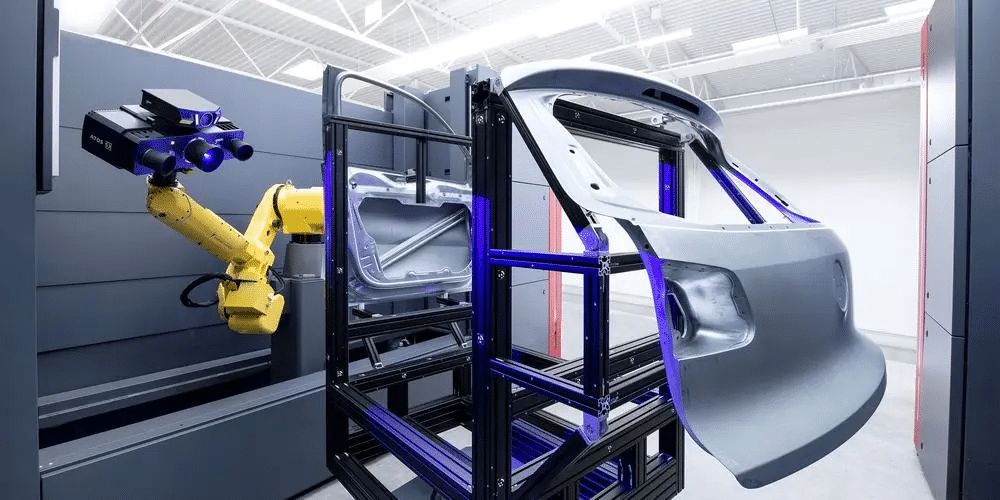
Automotive parts are the foundation of the automotive industry and are the elements that support the sustainable and healthy development of the automotive industry. Only strict control can ensure the quality of the final product. In the process of automobile production, batch inspection of workpieces is necessary, but the general manual measurement method is a tedious process that requires constant adjustment of the placement of parts, as well as height measurement that involves measuring the height of different positions one by one, which is time-consuming and inefficient. In th......
2023.3.28Published by YLRead More -
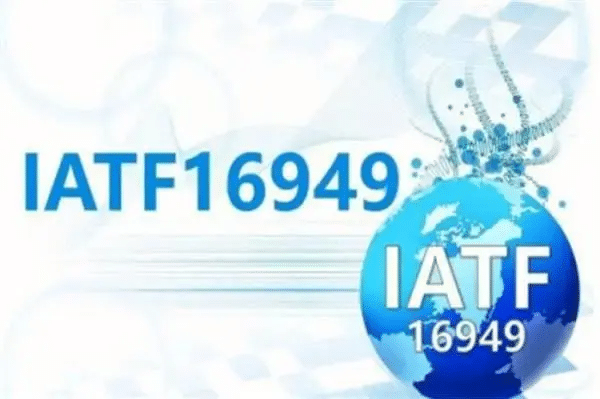
IATF 16949 is a global standard for quality management in the automotive industry, and an IATF 16949 audit is conducted to assess whether an organization’s quality management system (QMS) is in compliance with this standard. The purpose of the IATF 16949 audit is to determine whether the organization has implemented an effective QMS that meets the requirements of the automotive industry. This includes ensuring that the organization is consistently providing products and services that meet customer requirements, while also focusing on continuous improvement of their processes an......
2023.3.28Published by YLRead More -
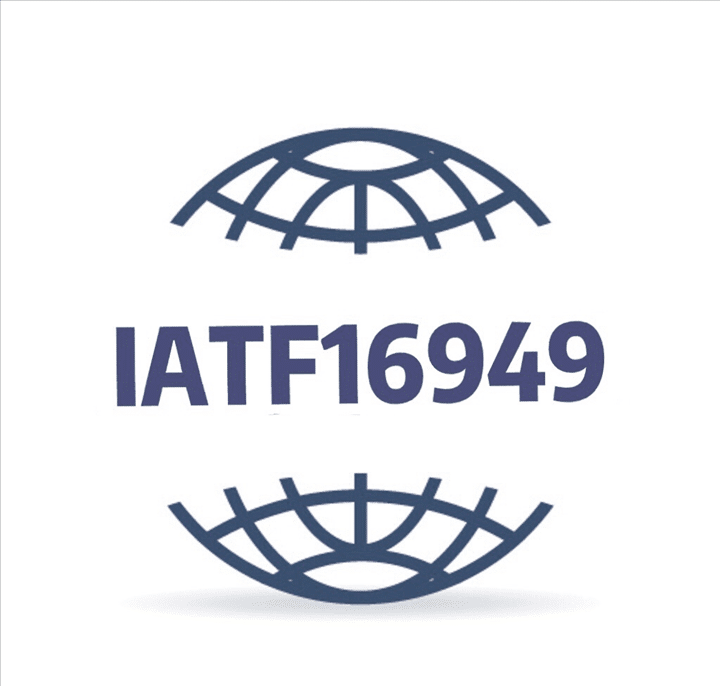
In order to promote the understanding and application of the TS16949 standard, the International Automotive Task Force (IATF) has published an application guide for the five core tools to promote their use and dissemination. This article will provide a brief introduction to the five tools for colleagues. IATF16949 QSM Tools: APQP, PPAP, FMEA, MSA, SPC The five core tools in IATF16949 refer to APQP (Advanced Product Quality Planning), FMEA (Failure Mode and Effects Analysis), MSA (Measurement System Analysis), SPC (Statistical Process Control), and PPAP (Production Part Approva......
2023.3.28Published by YLRead More -
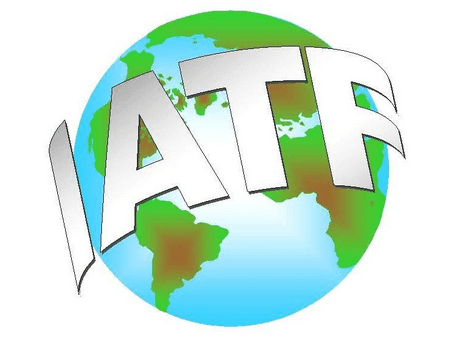
PPAP is one of the five tools of the TS16949 quality management system and is used for quality control in the production process of automotive vehicles or parts. PPAP is not simply the submission and approval of documents, but rather a complete process to confirm whether the supplier is capable of producing qualified products in bulk and with stability. This article revolves around the following five steps to briefly explain the main tasks, inputs, and outputs of each stage of the PPAP process, and strives to identify and solve as many problems as possible before part production ......
2023.3.28Published by YLRead More -
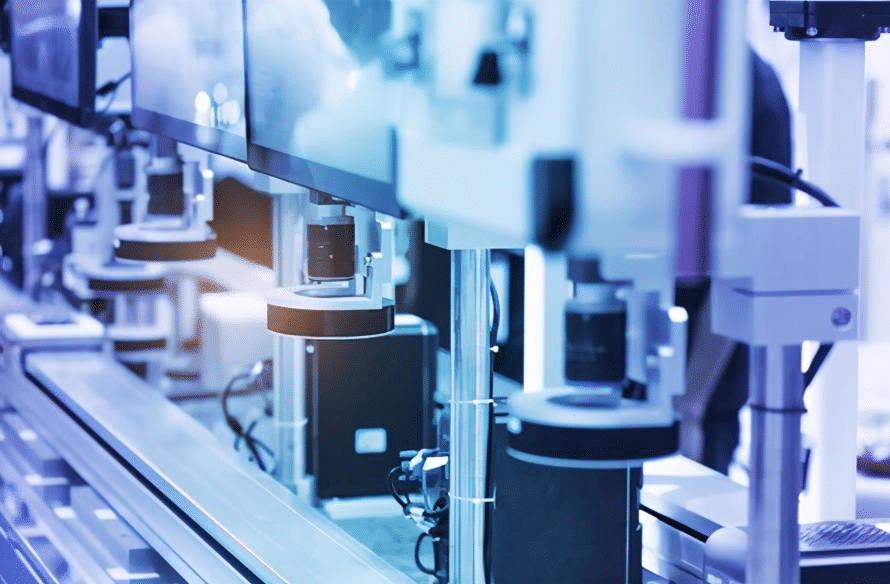
Non-destructive testing (NDT) refers to inspection techniques used to investigate the interior of an object without damaging it. There are various methods of NDT, each with its own strengths and weaknesses. Therefore, when conducting quality inspections, appropriate methods must be combined based on factors such as the material of the manufactured product. In this article, we will explain the basics of NDT, including the objectives and differences in methods. Inspecting products is an important process for those responsible for manufacturing to confirm that quality is being maint......
2023.3.28Published by YLRead More